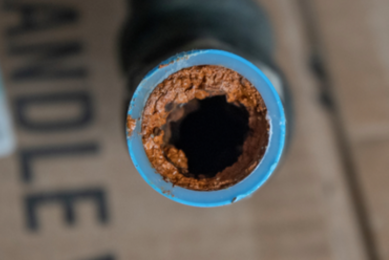What the textbooks don’t tell you about… Detergents, underused in modern sanitation
There have been some good articles in the pig press recently about piggery sanitation, filling in the rather large gaps in this subject in the pig textbooks I have on my shelves.
Money was the main reason along with the belief that a good pressure wash with mains water was sufficient before the disinfectant was applied. Yes, there are now some first-class new disinfectants specifically targeted at the new crop of insidious viruses which so beset us these days.
And what are we doing these days? Adding more fats and oils to sow lactation, baby pig and nursery diets for nutritional/performance reasons. And that is not all, as from now on, due to the huge rise in cereal prices, feed formulators are finding the increased use of fats more effective economically throughout the whole feed range – even to the finishing diets. So for economic reasons they will be using more of them.
- Forget the cheaper ones used in cafes, restaurants – and many hospital surfaces. It must be ‘farm-approved’ or ‘heavy-duty’. This is because farm surfaces are rough and semi-porous, like concrete screeds and some plastics. A farm-approved product can cope with these and will major on degreasing properties on such difficult surfaces.
- Poorly-accessible places are more easily penetrated.
- Good degreasing is vital and needs to be accomplished quickly. You have to leave it to soak in for a time, so contact time must be stated on the label.
- It must not interfere with the action of the disinfectant to follow. If the detergent chosen comes from a different manufacturer, check the compatability with both firms.
- Foaming is helpful to check coverage visually and reduces the water needed. It also helps the loosening action to ‘creep’ to underlying areas such as the sides of and underneath metal/plastic slats.
- The detergent should not leave slippery residues. Some do and need a rinse.
- The detergent should work in hard water.
- The detergent should be non-toxic to pigs and operatives.











